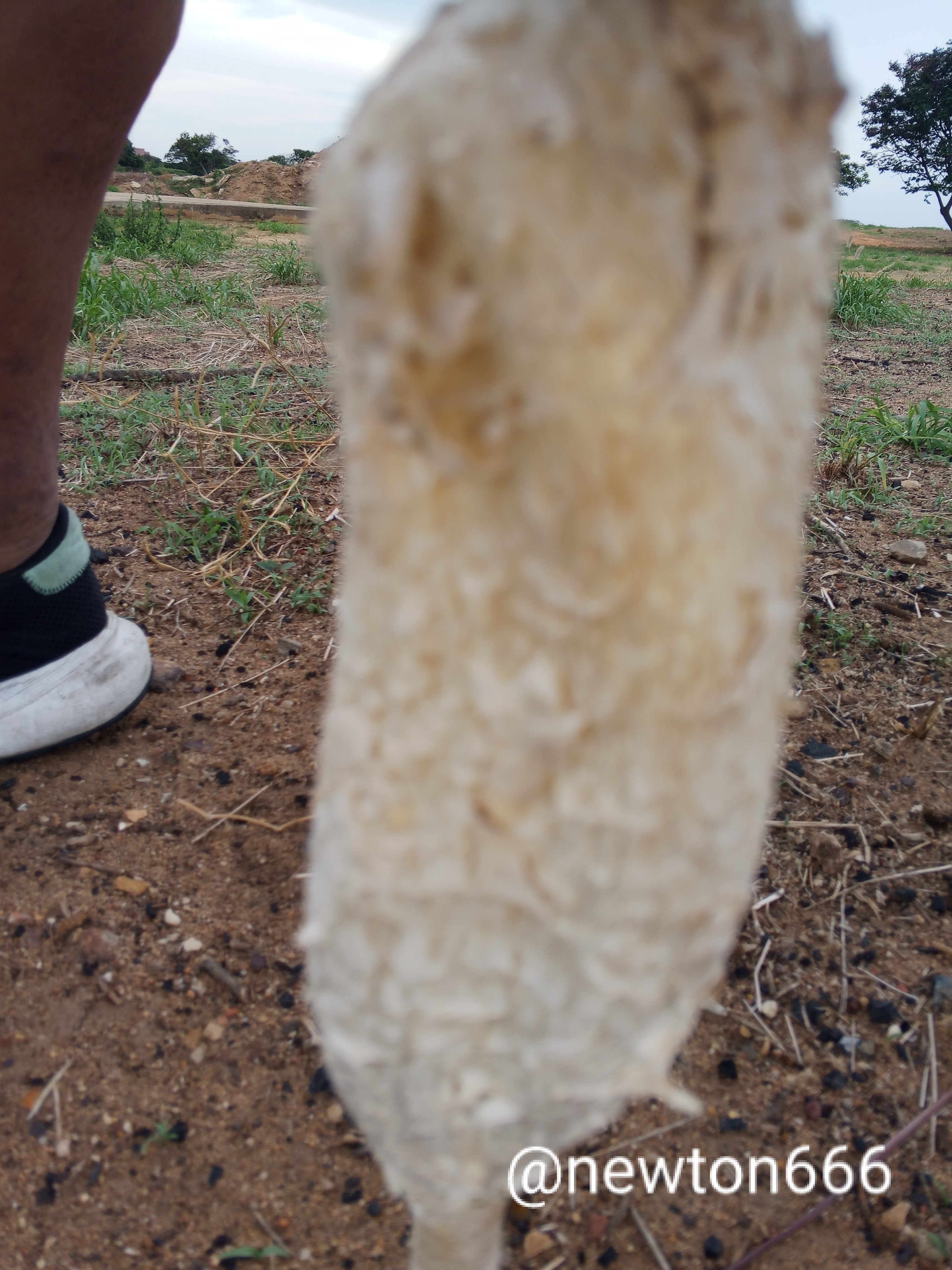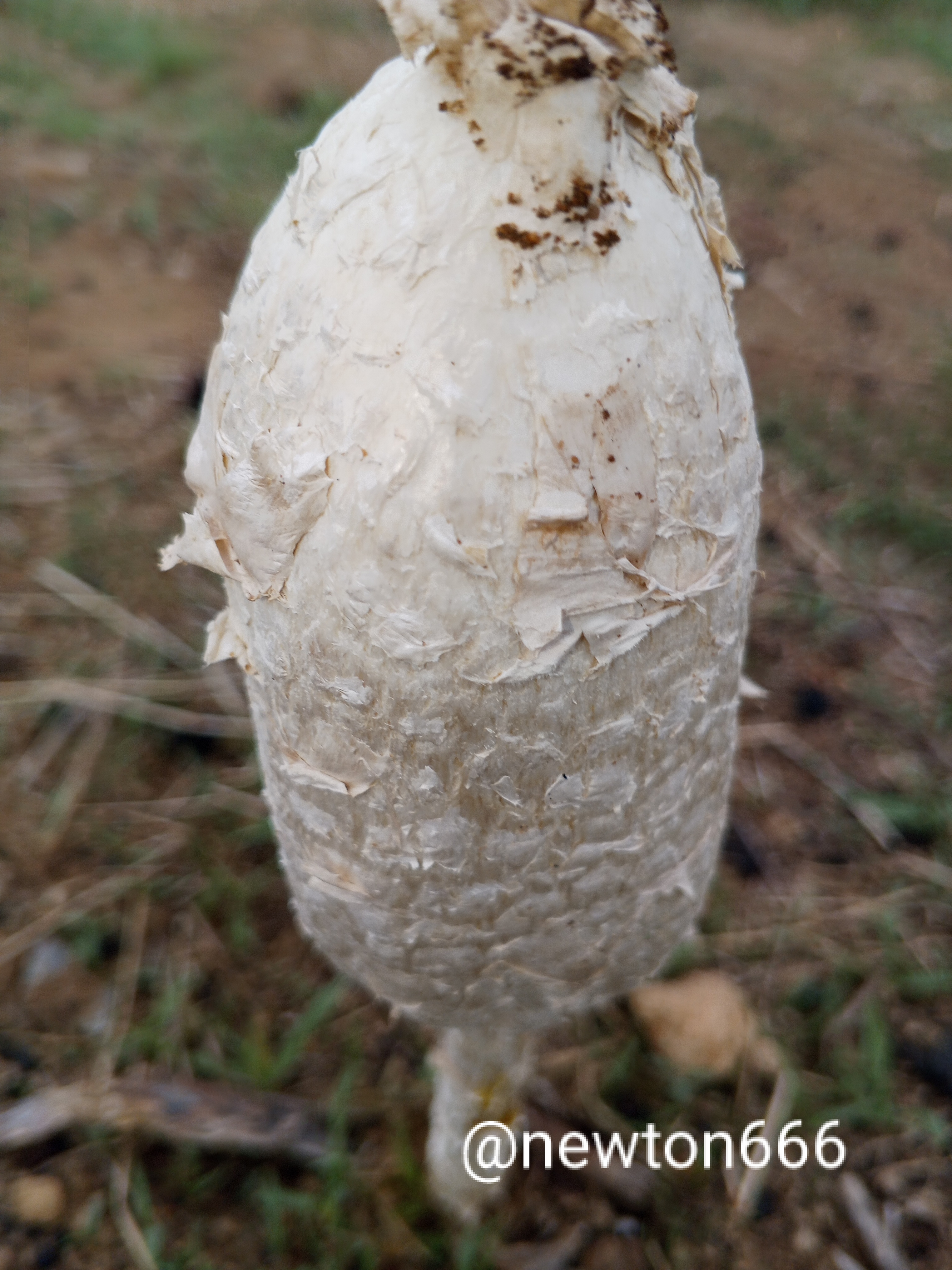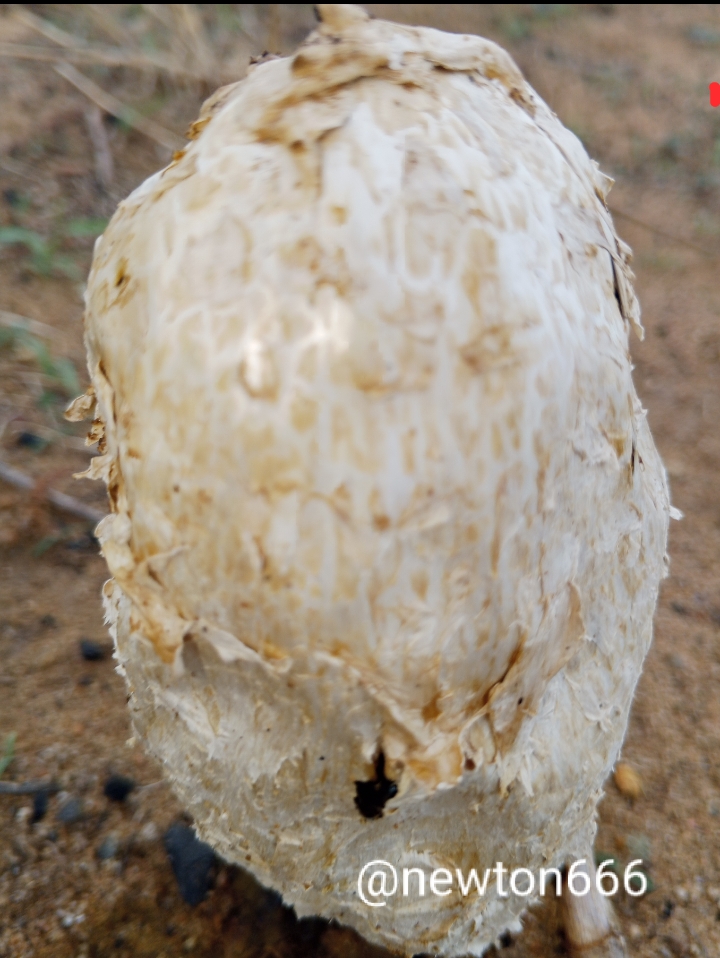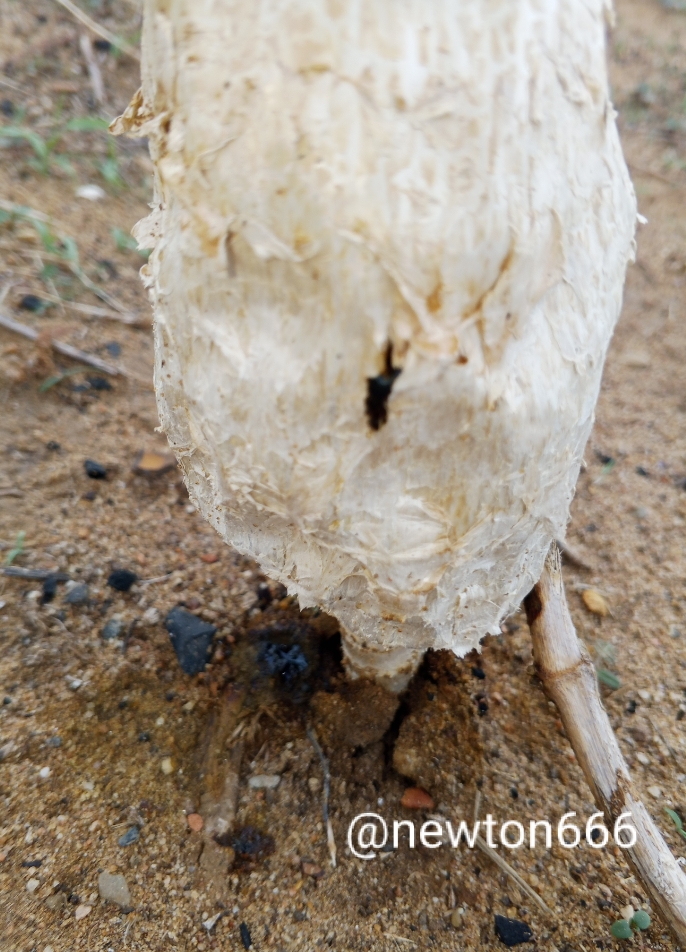A desert mushroom // Podaxis pistillaris


Podaxis pistillaris is a species of fungus belonging to the kingdom Fungi, phylum Basidiomycota, class Agaricomycetes, order Agaricales and family Agaricaceae. This organism has aroused the interest of the scientific community due to its unique ecological adaptations, its unusual appearance and its potential in medicinal and biotechnological applications.

This fungus is commonly found in arid and semi-arid regions around the world, such as Africa, Asia, Australia, and parts of the Americas, it grows mainly in dry, sandy soils, and can even be found in disturbed areas or near organic debris. Its fruiting body features a long, robust foot with a closed club-shaped head, which protects the mass of spores inside. In its mature stage, the glebe (splenal mass) darkens and dries out, allowing the spores to disperse effectively by the wind.

Podaxis pistillaris morphologically resembles fungi of the genus Coprinus, although it differs in that it does not self-liquefied during maturation. This characteristic allows it to withstand extreme environmental conditions, making it a notable example of evolutionary adaptation to dry climates.
From a taxonomic point of view, Podaxis is a genus that includes other species, although P. pistillaris is the best known and most widely distributed. Its classification has historically been confusing due to its appearance intermediate between cap fungi and gasteroids (such as puffballs), but genetic studies have helped clarify its phylogenetic place within Agaricaceae.

Scientific interest in P. pistillaris has grown in recent decades. Research has revealed that it possesses bioactive compounds with antioxidant, antimicrobial, and potentially antitumor properties, in addition, the spores of this fungus have been traditionally used by indigenous communities, such as the Australian Aborigines, who mixed them with water to create natural ink.

My dear readers, the unique thing is that Podaxis pistillaris represents a fungal organism of great ecological and scientific value, its ability to survive in hostile environments, its unique morphological structure, where its pharmacological potential makes it an important object of study in mycology and other related disciplines.
Category: Photography
Camera: Tecno Park 30 pro
Lens: Mobile Lens
Location: Maracaibo/ Zulia / Venezuela
Photographer: @newton666
Bibliographic reference
Fungi known from Baja California for
Nahara Ayala, Carlos Ochoa, 1998.
Edible Wild Mushrooms
Global Perspective of Their USE and Importance to People (Non-Wood Forest Products) by
Eric Boa, 2005.